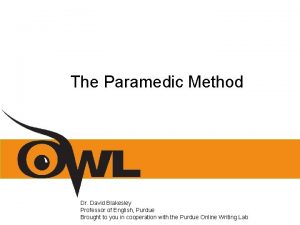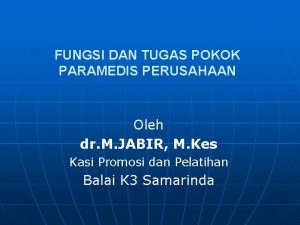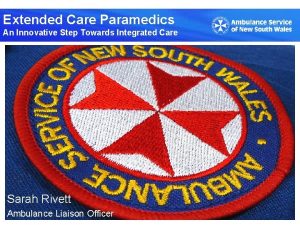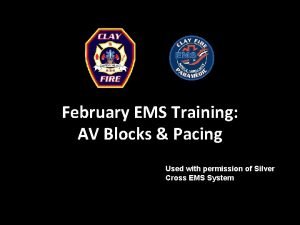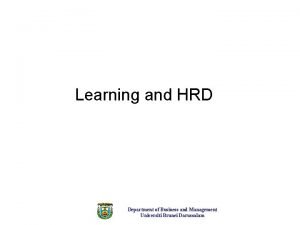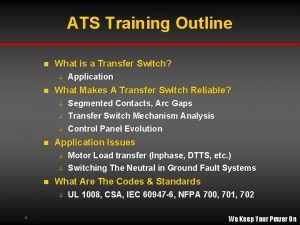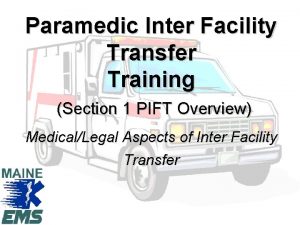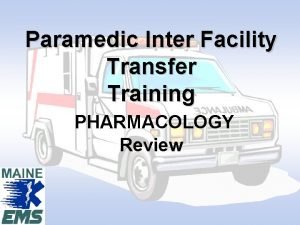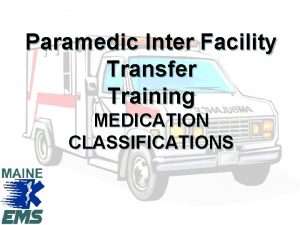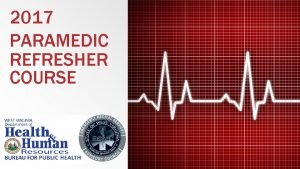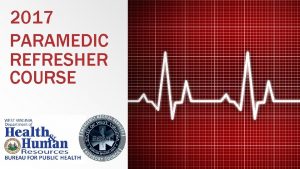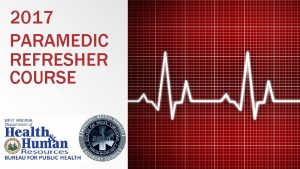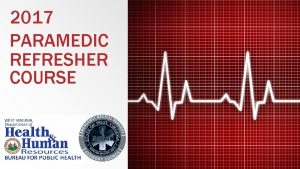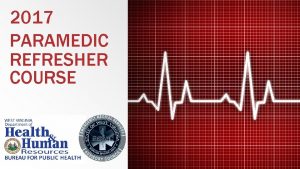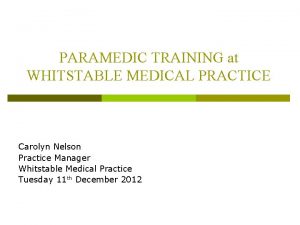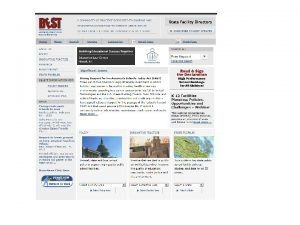Paramedic Inter Facility Transfer Training Section 2 Medical















- Slides: 15

Paramedic Inter Facility Transfer Training (Section 2 Medical Direction and QI)

PIFT Service Eligibility • In addition to provider PIFT eligibility requirements, there are service level requirements – PIFT service permitting through MEMS – Service Medical Director – 100% review of all PIFT transfers

Medical Oversight Prospective Off-line Indirect E. g. , SOG development Concurrent On-line/On-scene Direct E. g. , giving orders via radio Retrospective Off-line Indirect E. g. , quality management

Service Medical Director • • Minimum requirements include knowledge of EMS prehospital and PIFT protocols The medical director is further encouraged to be an ambassador to local hospitals, acute and chronic care facilities, and medical staffs to help support and clarify the role of paramedics in these types of transfers.

Service Medical Director • Transport decisions are ultimately left to the discretion of the paramedic providing the PIFT level transfer. • The medical director is expected to be able to offer support to the paramedic and provide educational or system support if issues of competency arise.

Medical Director • Discussions of “borderline” transfers may require the medical director to speak with the authorizing physician, and this is an expectation that should be offered willingly and easily.

Emergency Room Physicians ED physicians should be considered a consulting resource in any case.

Emergency Room Physicians • An emergency department physician can provide medical oversight and guidance to any crew when patient safety is ever an issue. – Sending facility physician – Receiving facility physician – Closest emergency facility/physician in an emergent situation

Emergency Room Physicians • Communication will be critical – Sending physician instructions and overall patient report will enable an ED physician to assist you

Quality Improvement • Prospective evaluation is a key component of the PIFT program.

Quality Improvement • PIFT services must have an active inhouse QI program able to review 100% of PIFT transfers • A MEMS quality improvement form must be filled out for each PIFT transfer

Quality Improvement • The MEMS QI form will delineate the definitions of stability: 1. A stable “Low Risk” Patient: A patient who has hemodynamic and neurological stability with no foreseeable deterioration. This is the patient who is not suffering from an acute illness, but has medications or interventions being administered which are outside of the scope of the Paramedic without PIFT training.

Quality Improvement 2. A stable “Moderate Risk” Patient: A Stable patient is one who has hemodynamic and neurologic stability from therapies initiated. Therapies initiated must be expected to maintain patient stability during the transport. This patient is typically going via emergent transfer to a tertiary facility for services not readily available at a local facility. Variation on existing therapy has demonstrated no deterioration and may be reasonably predicted to remain without change during the transport without the need for further adjustments to such therapy.

Quality Improvement 3. An unstable “High Risk” patient and those receiving interventions outside the scope of the PIFT module will require the sending facility to provide other appropriate staff to assure appropriate clinical care during transport.

Quality Improvement • The MEMS QI form will also: – Record vital signs and interventions – Record any variance requiring contact of OLMC – Be kept for 3 years, and should be made available to regional or state QI staff when requested.
 Paramedic method
Paramedic method The paramedic method
The paramedic method Paramedis perusahaan adalah
Paramedis perusahaan adalah Extended care paramedics
Extended care paramedics Silver cross paramedic program
Silver cross paramedic program Lone star college nursing
Lone star college nursing Departmental trading account format
Departmental trading account format Dvc pensioners mediclaim form
Dvc pensioners mediclaim form A wave is a disturbance that transfers
A wave is a disturbance that transfers Contoh transfer of training
Contoh transfer of training Baldwin and ford transfer of training model
Baldwin and ford transfer of training model Automatic transfer switch training
Automatic transfer switch training California medical license for foreign medical graduates
California medical license for foreign medical graduates Gbmc medical records
Gbmc medical records Difference between medical report and medical certificate
Difference between medical report and medical certificate Torrance memorial map
Torrance memorial map

